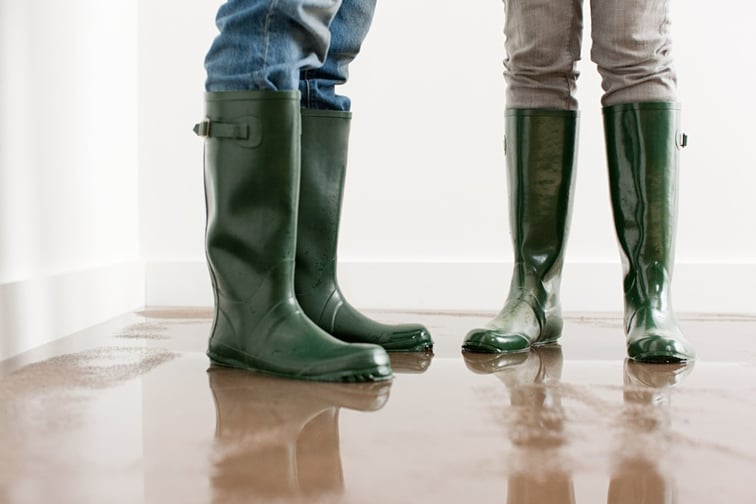

Royal Automobile Club of Queensland (RACQ) has rolled out its flood-resilient home upgrades scheme to some of the Queenslanders who have been battered by floods. The scheme is part of a larger program called Queensland and Australian Government’s Resilient Homes Fund (RHF) which seeks to deliver resilient retrofit work for homes of eligible members.
“RACQ worked closely with the State Government to develop and roll out the RHF program, so it’s great to see the first homeowners start to come through the pilot phase,” RACQ chief executive insurance Trent Sayers said. “This is the best example you will find anywhere in Australia of government and insurers working together to make homes more disaster resilient.
Noting that Queenslanders live in the country’s most disaster prone state, Sayers said that residents would continue to face more severe and frequent weather events. “That’s why we’re helping our members impacted by last year’s devastating floods to upgrade their homes with more robust building designs and materials to help minimise damage as well as reduce the time it takes to repair and clean their property and return home should it be flooded again,” he said.
The force of nature cannot be stopped, he added, but with initiatives like the RHF, insurers and the government will be able to make communities more resilient and reduce the financial and emotional impacts of natural disasters.
Almost 6,000 Queenslanders have signed up to the RHF program so far, according to Queensland Public Works and Procurement minister Mick de Brenni. Of that figure, over 40% have opted for resilience upgrades to their homes.
“The $741 million Resilient Homes Fund is not only the largest natural disaster rebuilding program in Australia since Cyclone Tracy in 1974, but also Australia’s largest ever climate adaptation program,” de Brenni said.
“We will always stand shoulder to shoulder with Queenslanders when they are most in need, particularly off the back of those natural disasters we know all too well,” he said. “The Palaszczuk Government is proud to be helping Queenslanders get back into their homes sooner, to build back better, and respond to the changes in climate we’re already experiencing.”
Using the insurance claims process, North Brisbane couple Elizabeth and Kevin Kriesch were among the first participants of the program. The family said they were passionate about ensuring their home was more resilient for future generations, the main reason why they applied for the grant.
“We have lived in our north Brisbane home for 50 years and it’s never flooded before, so to see a metre of water through our ground floor last February was really distressing,” Elizabeth Kriesch said. “We want this home to hold its value and be an asset for our children and grandchildren which is why we are incorporating flood-resilient changes to the lower level, including raising electrical circuits, and using waterproof walling, skirting, cupboards, doors and flooring.”
Although she hopes for no more future natural disasters, the couple feels at peace knowing that the resulting clean-up will be easier and quicker thanks to the added resilience to their home.
Alongside the upgrade initiative is the first anniversary of the 2022 February floods which devastated south east Queenslanders. The event caused tens of thousands of homes and businesses to be inundated and left many families displaced.
Sayers noted that the event received 16,000 claims for damage to properties and vehicles, ranking as Australia’s costliest natural disaster on record.
“We’ve completed more than 83% of our home claims and materially finalised all our motor claims. We continue to work through the remaining repairs as quickly and safely as possible, with priority given to complex cases and vulnerable members,” Sayers said. “While we are tracking ahead of industry, we know it can take up to 18 months to fully recover from an event of this scale and appreciate this can be a long and difficult process for affected homeowners.”
What are your thoughts on this story? Please feel free to share your comments below.
